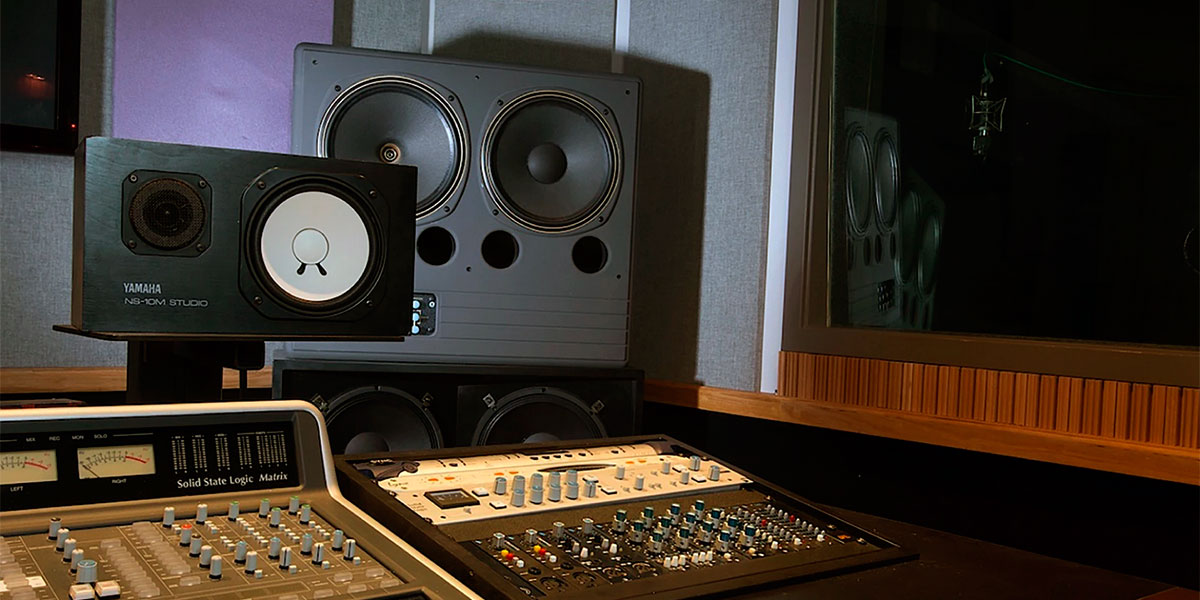
Do you know that the shape of your speaker affects the sound it produces? The rectangular speakers are for general use, while horns and cone-shaped speakers produce sharper highs. There's also a super tweeter option which provides an even higher frequency range. If you're looking to make an investment in your sound system, be sure to consider these important factors before making a purchase.
The shape of the speaker affects how sound is produced. The best speakers are not too deep or wide but have a flat bottom and curved top. This shape creates an even amount of air pressure to create clear sounds that resonate in the room. If you want your voice to be heard clearly by listeners, make sure you're using a good quality microphone with a stand, so it's at the same level as your mouth.
How does the shape of speaker cabinets affect the sound?
The shape of the speaker affects the sound that is heard. The shape and design can determine how we hear high, mid, and low sounds. This is because different shapes reflect sound in different ways. For example, if you want to listen to music on your phone but don't have earphones or headphones handy, turn it sideways so that the speakers are facing you instead of away from you. Your fingers will act as makeshift "earplugs," blocking out some noise while not muffling the sound too much for your ears.
When you are considering the perfect speaker for your next purchase, don't forget to consider shape. The shape of the speaker affects the sound quality. For example, a round or oval-shaped speaker will produce a softer sound than an angular one like a pyramid.
Different speaker shapes
The shape of a speaker is something that should be taken into consideration before purchase. There are many different shapes and sizes to consider, and each has its advantages and disadvantages. The most common shapes for speakers available today include cone, dome, cube, box (entirely flat), oval (or egg-shaped), sphere (round). Each shape has its unique qualities; it is important to know what you're looking for to make the best decision possible.
A few days ago, I was looking for a speaker to put on my desk. I had done some research and found reviews of different options. What they all had in common was the shape of their speakers. Whether it be rectangle, circular or square, this dictated the size and frequency range that each speaker offered. So I went with one that matched my preference because it would give me the best listening experience possible.